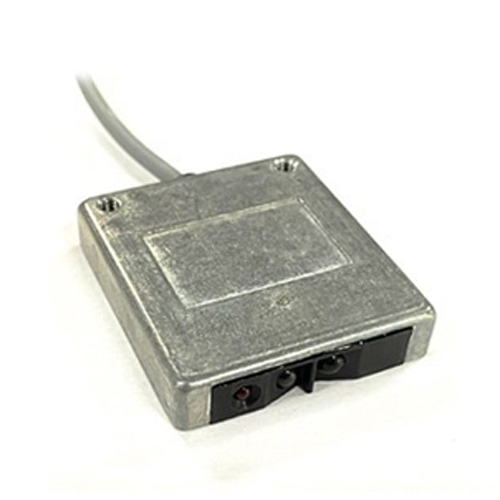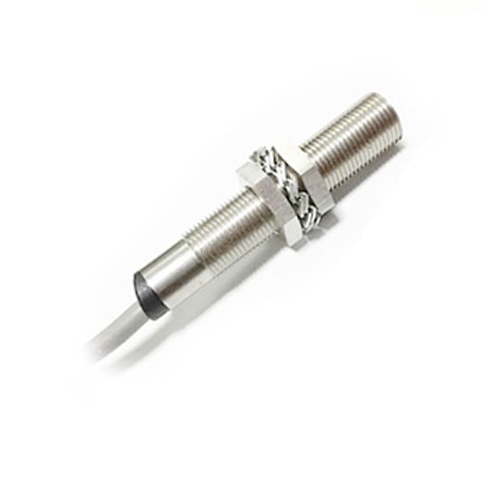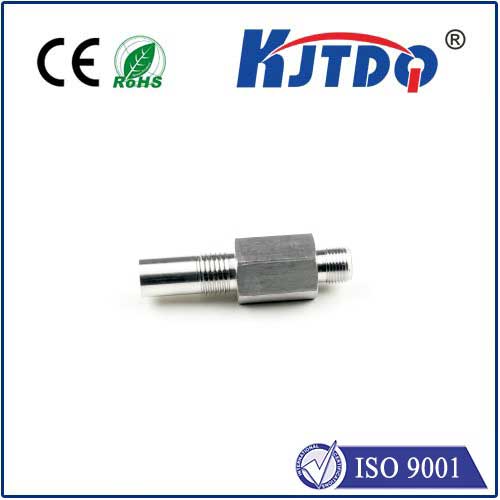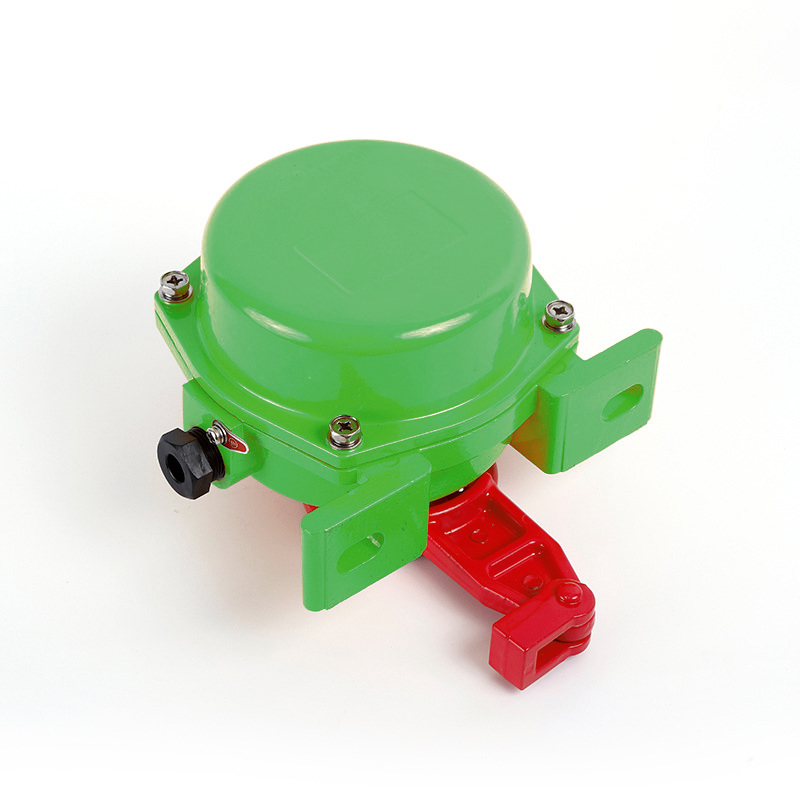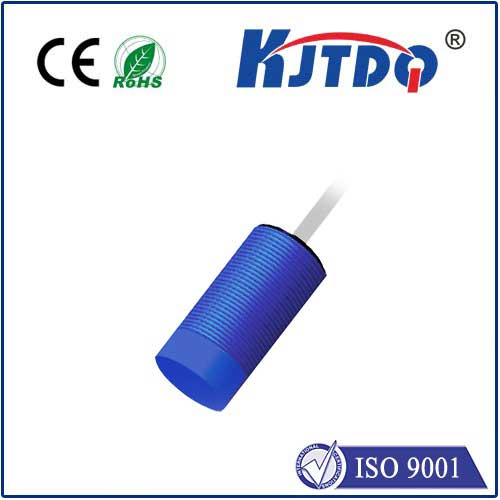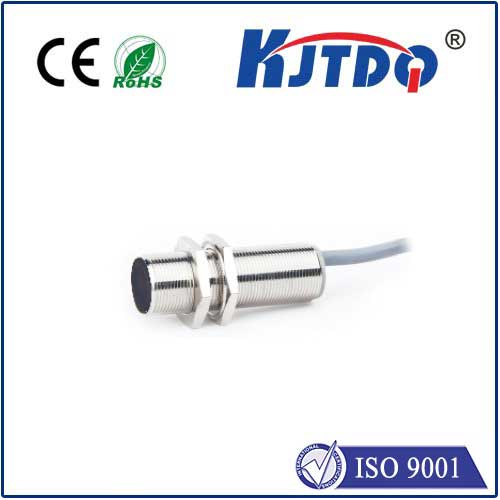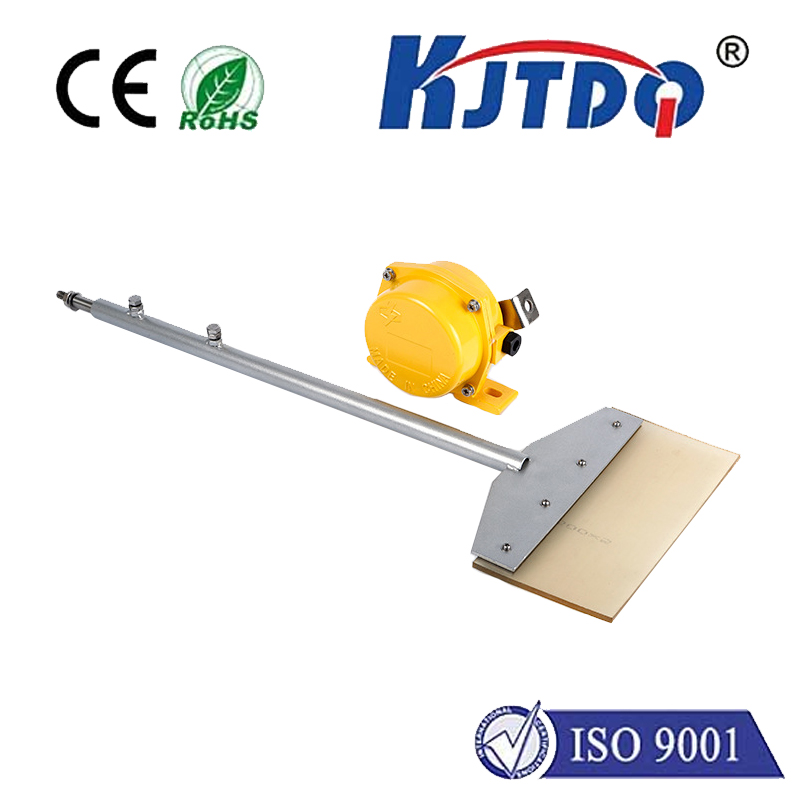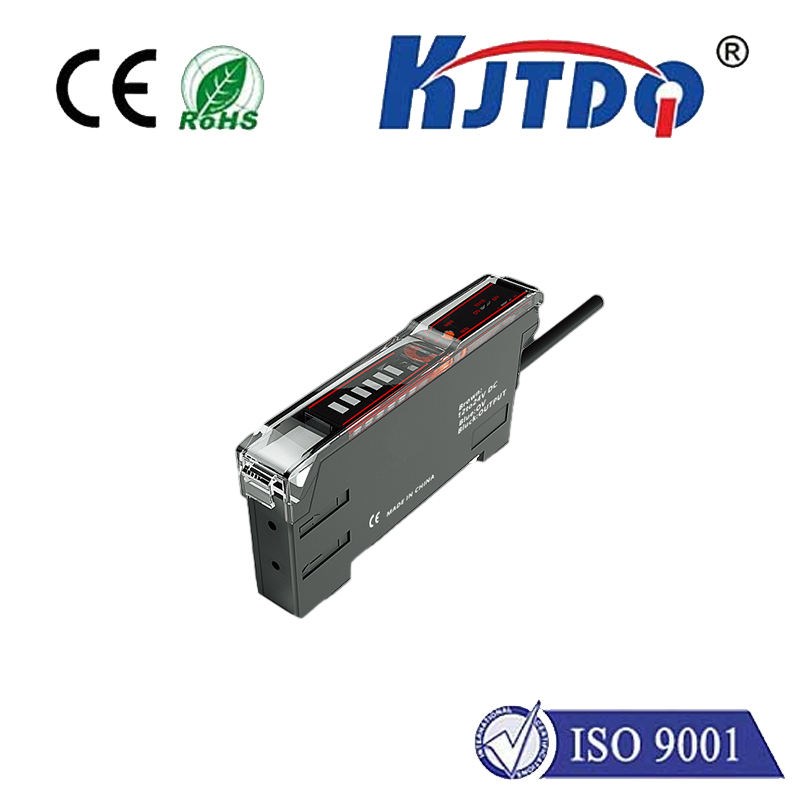photoelectric switch infrared sensor
- time:2025-09-11 00:55:06
- Click:0
The Invisible Guardian: How Infrared Photoelectric Switches Revolutionize Automation
We navigate modern environments constantly interacting with invisible technologies – doors that slide open magically, faucets that turn on automatically, assembly lines that hum with precision. Often unseen but critically important, the infrared photoelectric switch sensor is a fundamental pillar enabling this seamless automation. These sophisticated yet reliable devices are the silent sentinels, detecting presence, absence, position, and movement without physical contact, forming the bedrock of countless industrial and commercial systems. Understanding their function and diverse applications reveals why they are indispensable in our tech-driven world.
The Core Technology: Sensing Light’s Interruption
At its heart, an infrared photoelectric sensor switch operates on a beautifully simple principle: light interruption. It consists of two main components:
- Emitter: An infrared (IR) LED that generates a focused beam of invisible infrared light.
- Receiver: A photodetector (typically a phototransistor or photodiode) tuned to detect that specific infrared wavelength.
The magic happens when an object enters the sensing range between the emitter and receiver. Depending on the sensor’s mode of operation, this object will either:
- Block the beam: Preventing it from reaching the receiver (common in through-beam types).
- Reflect the beam: Back towards the receiver (common in retro-reflective or diffuse types).
This change in the light signal state at the receiver – from “light received” to “no light received”, or vice versa – is instantly processed by the sensor’s internal electronics. This processing triggers a solid-state electronic switch output. This switch output is the key functional element; it changes state (typically from OFF to ON, or ON to OFF) based on the detected condition, sending a clear signal to a controller like a Programmable Logic Controller (PLC), robot, or other automation system: “Object detected” or “Object absent”.

Why Infrared? The Advantages Shine Through
The choice of infrared light is deliberate and offers significant advantages:
- Invisibility: Being outside the human visible spectrum, the beam doesn’t cause distraction or interference in work environments.
- Reliability: Resistant to interference from ambient visible light sources.
- Long Range & Precision: IR beams can be focused over longer distances with higher accuracy than visible light.
- Durability: IR LEDs are robust and have long operational lifespans.
Key Features and Benefits Driving Adoption
Beyond the core detection principle, infrared photoelectric sensor switches offer compelling benefits that solidify their role in automation:
- Non-Contact Sensing: The major advantage. Detection occurs without touching the object, eliminating wear and tear on both the sensor and the target, crucial for delicate items or high-speed applications. This makes them ideal for object detection across countless scenarios.
- High Speed & Response Time: These sensors react incredibly fast, detecting objects moving at high velocities – essential for modern high-throughput production lines and packaging machinery.
- Long Sensing Ranges: Capable of detecting objects from a few millimeters up to several meters away, offering flexibility in system design.
- Environmental Resilience: Modern sensors are built to withstand challenging industrial environments – resistant to dust, moisture (many have IP67 or higher ratings), vibration, and common chemicals.
- Versatility: Available in multiple configurations to suit diverse application needs (see types below).
- Reliable Output: Provides a clear, unambiguous electrical signal (PNP/NPN, relay, or analog) for easy integration into control systems. This robust switch functionality is critical for automation logic.
- Cost-Effectiveness: Delivers high performance and reliability at a reasonable cost, offering excellent value.
Exploring the Common Types of Infrared Photoelectric Switches
Understanding the basic types is key to selecting the right photoelectric switch:
- Through-Beam (Opposed Mode):
- How it Works: Emitter and receiver are housed in separate units, positioned directly opposite each other. The emitter constantly sends an IR beam to the receiver. Detection occurs when an object interrupts this beam.
- Advantages: Longest sensing range, highest reliability (less susceptible to object color/surface), robust signal.
- Applications: Detecting large objects on conveyors, presence in doorways, high-speed counting, paper break detection. Excellent for position detection over distance.
- Retro-Reflective:
- How it Works: Emitter and receiver are housed in the same unit. A special retro-reflector (corner-cube prism or tape) is placed opposite the sensor. The emitter’s beam is bounced directly back to the receiver by the reflector. Detection occurs when an object blocks the beam’s path to the reflector.
- Advantages: Easier installation than through-beam (only sensor and reflector need alignment), good sensing range, reliable.
- Considerations: Highly reflective or shiny objects might sometimes be missed if they reflect sufficient light back.
- Applications: Conveyor belt object presence, pallet positioning, packaging machines, automated guided vehicles (AGVs). A very common choice for general object detection.
- Diffuse Reflective (Proximity Mode):
- How it Works: Emitter and receiver are housed in the same unit. The emitter sends out an IR beam, and the receiver detects light diffusely reflected off the surface of the target object itself. Detection occurs when enough reflected light reaches the receiver.
- Advantages: Simplest installation – only requires the sensor mounted on one side.
- Considerations: Sensing range is shorter than Through-Beam or Retro-Reflective. Detection reliability is highly dependent on the object’s size, color, and surface texture (dark, non-reflective objects are harder to detect). Prone to background interference if not set up carefully.
- Applications: Short-range detection, sensing on assembly lines, object counting at close range, level detection in bins/bins (bulk materials often require specific variants).
Where the Invisible Guardians Operate: Applications Galore
The applications for infrared photoelectric sensor switches are virtually limitless across industries:
- Industrial Automation: The core arena. Used extensively on production lines for part presence/absence verification, position detection, counting products, checking fill levels in bottles/cans, detecting jams, monitoring robotic arm positions, and controlling automated assembly sequences. They are fundamental sensors for automation.
- Packaging Machinery: Crucial for detecting boxes, cartons, labels, and films; controlling sealing, filling, and labeling operations; ensuring product orientation.
- Material Handling: Monitoring conveyors for object passage, triggering sorting gates, detecting pallets, controlling stacker cranes, and verifying bin/hopper levels. Essential for object detection in logistics.
- Security Systems: Activating alarms when beams are broken (through-beam configuration), detecting movement in restricted areas, monitoring access points.
- Building Automation/Access Control: Automatic doors (sliding and revolving), touchless faucets/toilets, people counters, elevator door safety.
- Printing & Paper Handling: Detecting paper presence/absence, monitoring web breaks, verifying registration marks.
- Food & Beverage: Sanitary environments often require specific sensors to detect bottles, cans, packaging, and verify fill levels reliably.
- Automotive: Used throughout assembly lines for part verification, robot guidance, and process control.
Selecting the Right Infrared Photoelectric Switch
Choosing the optimal sensor is crucial. Key factors include:
- Required Sensing Range: Match the distance the sensor needs







